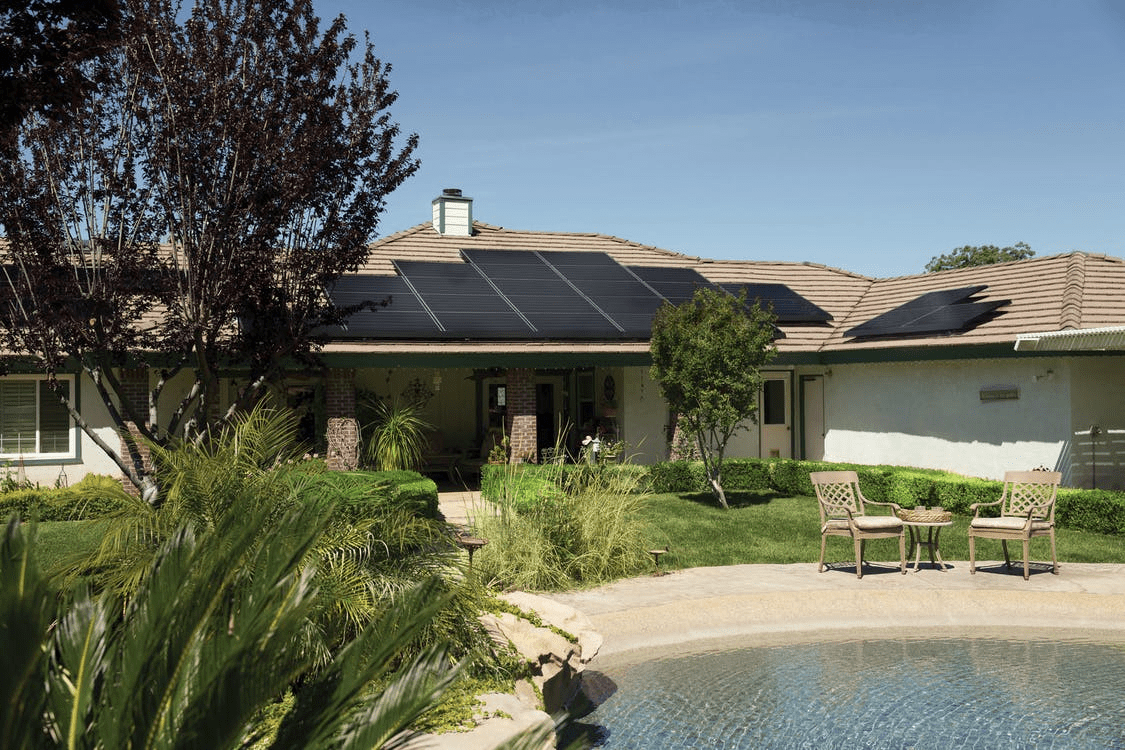Table of Contents
Attempting to make a home more energy-efficient is nothing new. For years, we’ve learned about using power strips, buying Energy Star appliances, and turning off the lights to offset consumption. These goals were created with cost savings and eco-friendliness in mind.
Eco-friendly home electrical upgrades
While being more eco-friendly is often associated with habits and lifestyle changes, home upgrades can also help. Here are six eco-friendly home electrical upgrades to make your house more modern, sustainable, and valuable.
Installing an EV charger
Electric vehicles are becoming more popular and accessible to forward-thinking buyers. It’s expected that the majority of prominent car manufacturers will offer a full selection of electric cars by 2030, with 100% of consumer vehicles being electric by 2040. With instability and uncertainty surrounding gas prices, it could be even sooner. According to an expert electrician in Austin— a city known for innovation in technology— EV charger installations are in high demand.
Installing an EV charger is a great way to improve the value of your home and contribute to broader sustainability goals. Yes, installing an EV charger will increase your power consumption. Current data from the US Department of Energy estimates a cost of $6 in electricity to charge an EV with a 200-mile range fully. There are government initiatives and rebates for switching to an electric vehicle in some areas.
This home electrical upgrade helps improve eco-friendliness outside the home with minimal impacts on energy consumption.
Installing a home automation system
Finally, consider using a home automation system to help you monitor and reduce your consumption. Smart assistants and accessories can help you set timers and monitor your energy consumption over time. Options like PoE lighting are a good energy solution.
This technology will let you dim or turn off lights remotely. It will help you identify which appliances and devices are using the most energy. If you install solar panels, a home automation system can help you identify peak times, use energy wisely, and store the rest.
In addition to monitoring electrical devices, a smart home set-up can help you manage HVAC consumption and even contribute to home security.
Adding solar panels and overflow storage
Solar panels are another electrical innovation that’s becoming more accessible to homeowners. Installing solar panels and overflow systems traditionally had significant upfront costs and long-term ROI. Now, those upfront costs are coming down.
One of the challenges with solar power at home is energy overflow storage. In other words, capturing excess electricity on sunny days so homeowners can use it at night or during extended cloudy periods. This barrier is what prevents many homeowners from solely using self-sustained solar power.
Upgrading your home to offer both solar panels and overflow storage is a smart home upgrade for our modern times. Solar panels and batteries can increase your home’s value by 4% and pay for themselves in just a few years. Even if you can’t go completely off-grid, this addition will help minimize your consumption and carbon footprint.
Installing a tankless water heater
A tankless water heater is technically a plumbing upgrade. However, replacing your old water tank with an upgraded on-demand system can significantly affect your energy consumption.
Older water tanks use electricity all day and night to keep water warm. During those hours when you’re at work or asleep, not using water, your heater is chugging along, keeping water ready for when you want to use it.
With a tankless heater, the water is heated as it moves through the pipes in response to turning on a hot water tap. You’re paying for electricity when water is being used, rather than paying to keep it warm when it’s not in use— then suffering when you run out of hot water. In addition to helping you minimize your electricity consumption, installing a tankless water heater will also add resale value to your home.
Upgrading the electric panel
Upgrading the electric panel is typically viewed as a task related to safety or improving the resale value of a house. While both of these factors are important, electric panel upgrades can also impact overall energy consumption.
Older panels, especially fuse boxes, don’t have the same energy regulation as modern panels. In other words, modern panels supply your home with the power you need to run modern devices.
While today’s appliances are more energy-efficient than those of yesteryear, they’re larger, and there are more. Your grandmother had a stove, a fridge, and maybe a mixer. Microwaves were a luxury, and air fryers weren’t even a dream yet. If your panel is more than 20 years old, it’s time to upgrade.
Upgrading aluminum wiring
Another common electrical issue in older homes is the use of aluminum wiring. In addition to being incredibly dangerous, this old wiring can also increase your consumption. As aluminum wiring degrades, it draws more electricity to compensate for the damaged connection. In addition to putting your home at risk for electrical fires, you’ll also notice a steady increase in your power bill. It’s a lose-lose situation.
If your house has aluminum wiring, upgrading will improve your home’s energy efficiency, safety, and value.
Final words
With these electrical upgrades, you can reduce your power consumption and contribute to larger sustainability goals— both at home and on the go.



